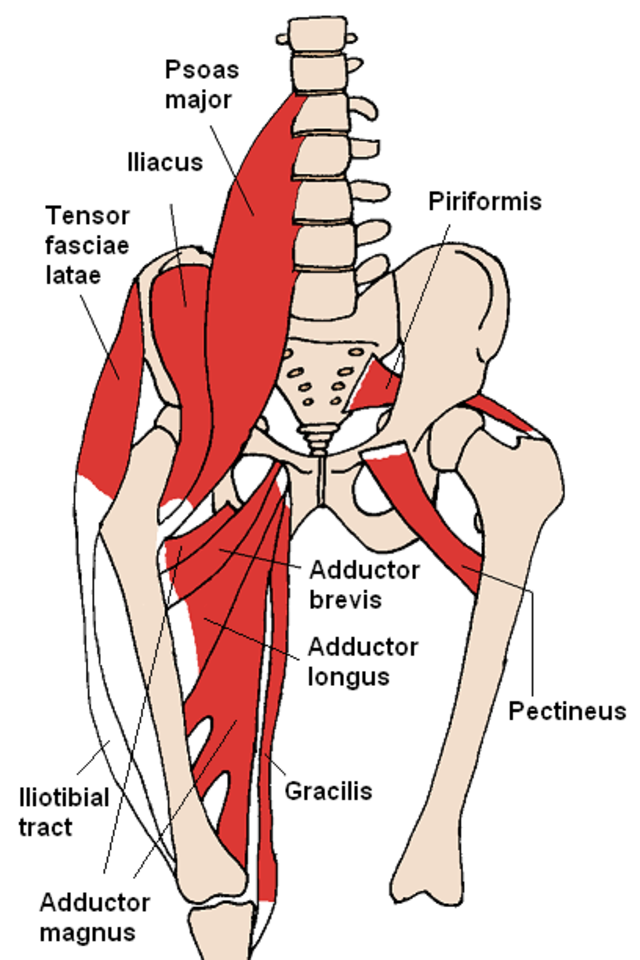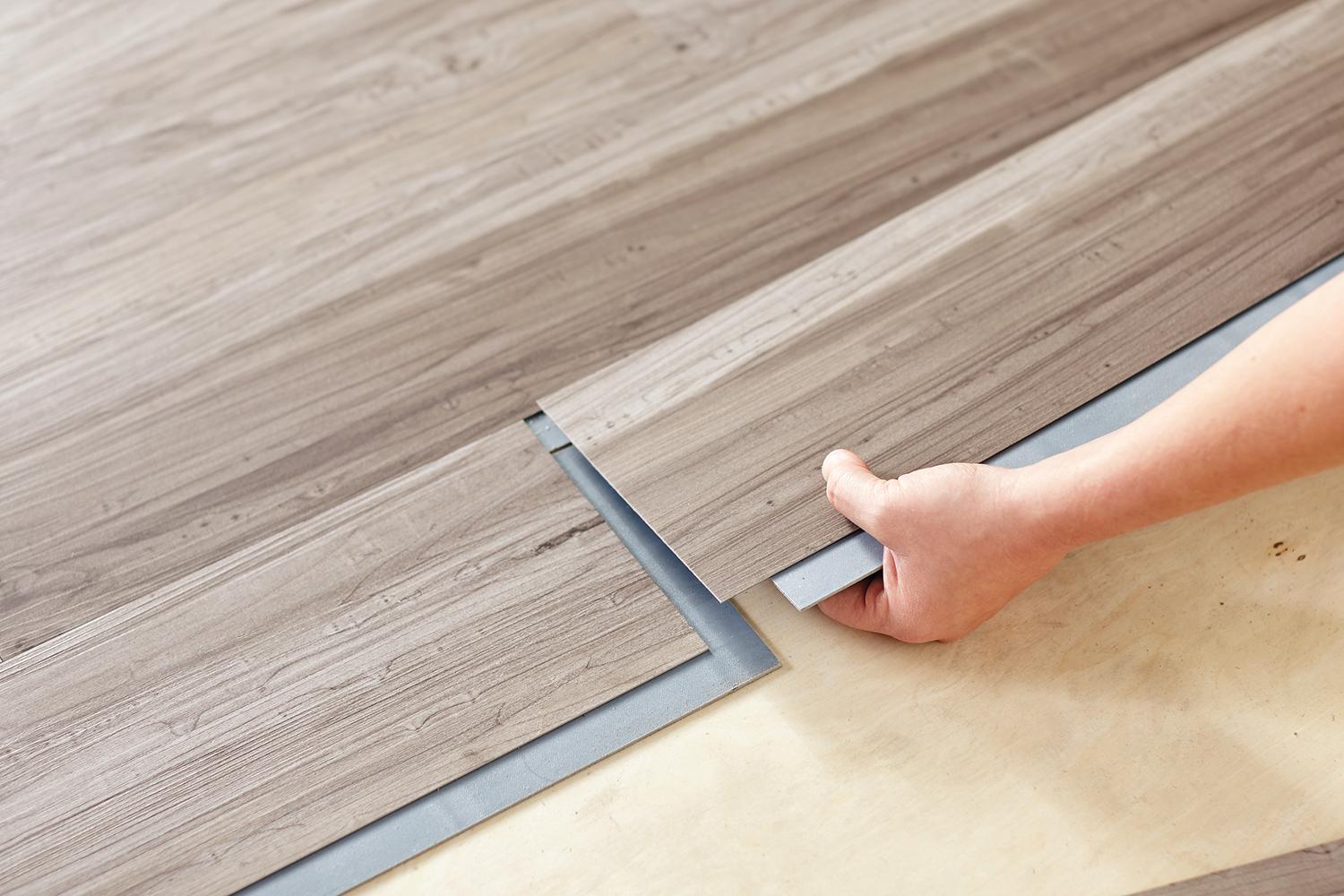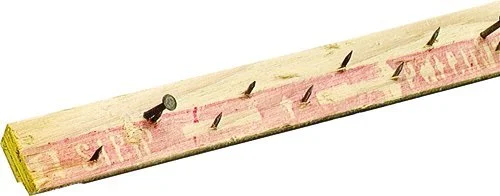Anatomy of the knee for dancers
/The human body in motion is remarkably complex. With 206 bones, 650+ muscles, about 900 ligaments and over 4,000 tendons, the anatomy of our musculoskeletal system can take years of study to fully master. This article was written to give you a quick overview on how the knee operates.
This article is part of an anatomy-focused series on dancer physiology. Join our email list to receive updates when new anatomy articles are published!
Some parts of the body are understandably complicated. Think about the hand, the appendage that lets us manipulate our surroundings with enough fine precision to use a keyboard and mouse, to crochet, or to perform brain surgery. We all assume correctly that it takes a whole host of muscles and all 27 bones in the hand in order to carry out the motor control needed for these intricate tasks. Other parts of the body though, can seem simple from the outside, despite having underlying "machinery" of remarkable complexity. The knee is one such example.
Arguably simpler than the hand, the knee looks like a crude, blunt, rounded joint that only allows for one direction of movement in a single plane of axis. But this club-like outer appearance belies the internal complexity. The knee joint must be flexible to allow bending during walking or running, yet strong enough to stabilize a person and bear the majority of body weight while standing. The many small, moving parts underneath the skin are still being discovered - In fact, orthopedic surgeons in 2013 characterized a new ligament called the anterolateral ligament, one that hadn't been definitively described despite past centuries of medical inquiry.
The parts of the knee
There are three bones that make up the knee joint: The femur (thigh bone), patella (knee cap) and tibia (shin bone). These bones are held together by tough connective tissue called ligaments. But the bones do not make direct contact with each other. Instead, rigid and flexible tissue called cartilage acts as shock absorbers to prevent the bones from rubbing against each other. In specific, the lateral and medial meniscus act as a buffer at the interface between the tibia and femur. There are also several muscles that allow control over the knee, some of the major ones include the quadriceps (thigh muscle) for straightening the knee, and the semimembranosus, semitendinosus and biceps femoris (collectively, the hamstring muslces) and gastrocnemius (calf muscle) for bending.
The knee itself is a hinge joint, meaning that it can only flex and extend in a single plane of motion, much like a door that can only swing open in one direction. Compared to a ball-and-socket joint, like that found in the shoulder, the knee joint can only twist or rotate about 40 degrees without training. If the knee is forcibly twisted or bent outside of the normal plane of motion, you risk injuring one of the many ligaments that normally act to stabilize the knee.
Two ligaments that are often injured in athletes and dancers are the anterior cruciate ligament (ACL) and the posterior cruciate ligament (PCL). Collectively, these two intersecting ligaments are responsible for keeping the tibia in line with the femur, giving your knee the stability to keep you in an upright standing position. Two other major ligaments are the medial collateral ligament (MCL) and the lateral collateral ligament (LCL), which both serve to stabilize the joint from side-to-side motions. The MCL stabilizes the inside of the knee joint and connects the femur with the tibia, while the LCL serves a similar function for the outside of the knee, but connects the femur with another bone in the lower leg, the fibula.
Of course, the information presented here a rough, simplified overview of knee anatomy. For a more detailed anatomical description, Wikipedia has a very comprehensive page about the knee. You may also be interested in this interview with Dr. Craig Westin, an orthopedic surgeon with a specialty in sports medicine who works with the Joffrey Ballet and the US Figure Skating Team. He talks about some common knee injuries among dancers.













